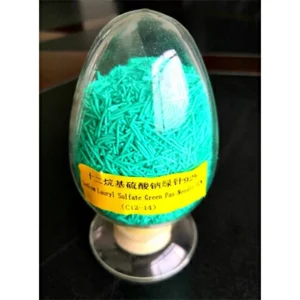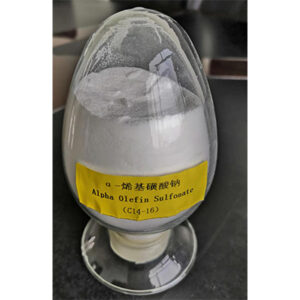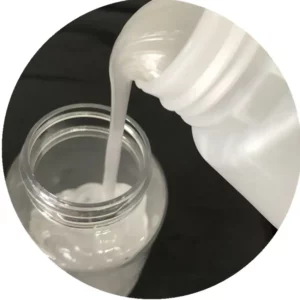Surfactant
Commitment To Quality Ensures Customer Satisfaction
- As a leading chemical manufacturer with a decade of experience, HANGDA understands the importance of quality. Specializing in organic and inorganic materials, the company offers fully integrated Research and Development, Production, and Sales services.
- The product portfolio at HANGDA is exceptionally wide-ranging, covering chemicals for everyday needs, various industrial processes, petrochemical development, advanced technology, biomedicine, and specialty compounds.
- Quality is the highest priority. All chemicals manufactured by HANGDA undergo stringent certifications from both the Chinese National Accreditation Service (CNAS) and International Organization for Standardization (ISO).
- This dual accreditation affirms that HANGDA’s organic and inorganic products consistently meet the most rigorous international specifications for safety, composition and performance.
- Through a proven track record of reliable, top-quality chemical production supported by comprehensive services, HANGDA has gained the trust of customers worldwide.
What Is Surfactant?
- A surfactant is a substance that lowers the surface tension of a liquid, allowing easier mixing or spreading. Surfactants are often referred to as detergents.
- Surfactants are amphiphilic, meaning they contain both hydrophilic (“water-loving”) and hydrophobic (“water-fearing”) groups in a single molecule.
- It works best when used at or above their critical micelle concentration levels.
- Surfactants absorb at the interface between a liquid and surface, reducing surface tension.
HANGDA Warmly Tips For Health-Care After Using Surfactant
- The interaction of surfactants with the human body can sometimes cause negative health outcomes depending on the type and route of exposure.
- When surfactants are ingested through contaminated food or water, they have been shown to react with proteins in the liver and bloodstream. This can lead to long-term metabolic disruption and interference with hormone regulation over time.
- Surfactant contact with skin has also been reported to result in irritation, rashes or even burning in some cases.
- Exposure through the eyes or respiratory tract also poses risks with certain surfactants, as they may cause irritation to sensitive tissues.
- The ability of surfactant molecules to interact with and disturb cellular and protein structures provides one explanation for these observed toxic effects.
More research continues to deepen our understanding of surfactant toxicity and how factors like dose, formulation and exposure pathway influence health consequences. Proper handling and use of surfactant-containing products helps minimize risk of adverse human health impacts.
Popular Surfactant HANGDA Recommanded
- Sodium decyl sulfate with purity 99% moisture less than 4.0
- ISO Lithium dodecyl sulfate as chemical formula C12H25LiO4S
- Gypsum board blowing agent Foam height more than 180
- Sodium dodecyl sulfate (solid) with moisture less than 3.5
- White powder potassium dodecyl sulfate PH value from 6.0~11.0



